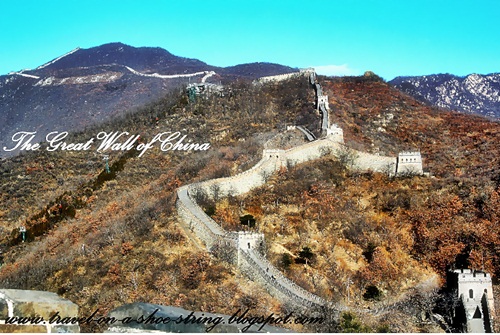MALACAÑANG PALACE
Manila
BY THE PRESIDENT OF THE PHILIPPINES
PROCLAMATION NO. 154
DECLARING MONDAY, JUNE 20, 2011, AS SPECIAL (NON-WORKING) DAY THROUGHOUT THE COUNTRY
WHEREAS, Sunday, June 19, 2011, marks the 150th birth anniversary of Dr. Jose P. Rizal, our national hero;
WHEREAS, to give all Filipinos the opportunity to commemorate Rizal’s patriotic deeds and sacrifices for the country, rekindle their admiration and respect for him, and to celebrate this milestone with appropriate ceremonies, the National Historical Commission of the Philippines (NHCP) requested that Monday, June 20, 2011, be declared as special non-working holiday instead of June 19, 2011, which falls on a Sunday.
NOW, THEREFORE, I, BENIGNO S. AQUINO III, President of the Philippines, by virtue of the powers vested in me by law, do hereby declare Monday, June 20, 2011, as special (non-working) day throughout the country.
IN WITNESS WHEREOF, I have hereunto set my hand and caused the seal of the Republic of the Philippines to be affixed.
Done in the City of Manila, this 26th day of April, in the year of Our Lord, Two Thousand and Eleven.
(Sgd.) BENIGNO S. AQUINO III
By the President:
(Sgd.) PAQUITO N. OCHOA JR.
Executive Secretary
Source: Gov.ph





































